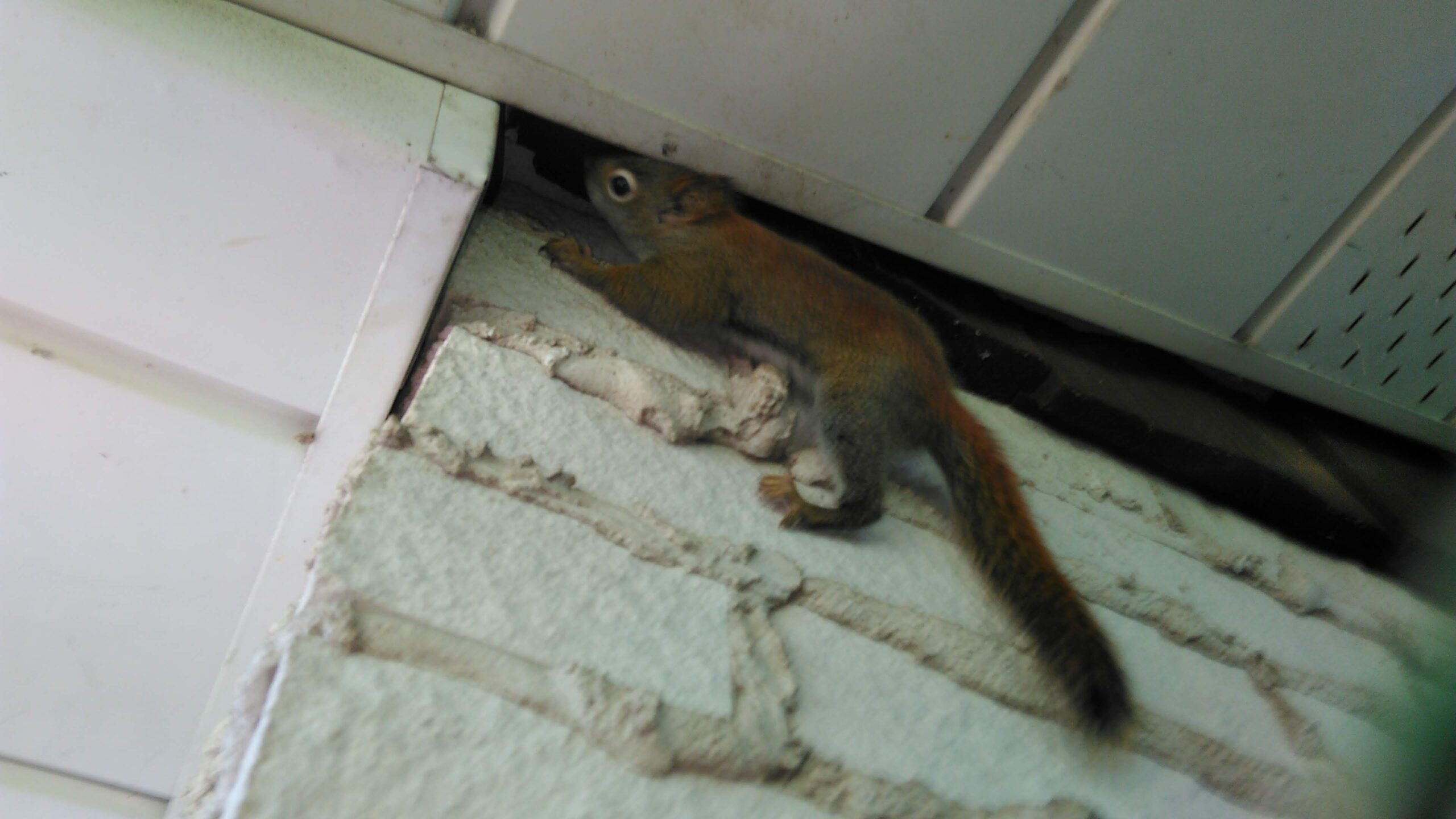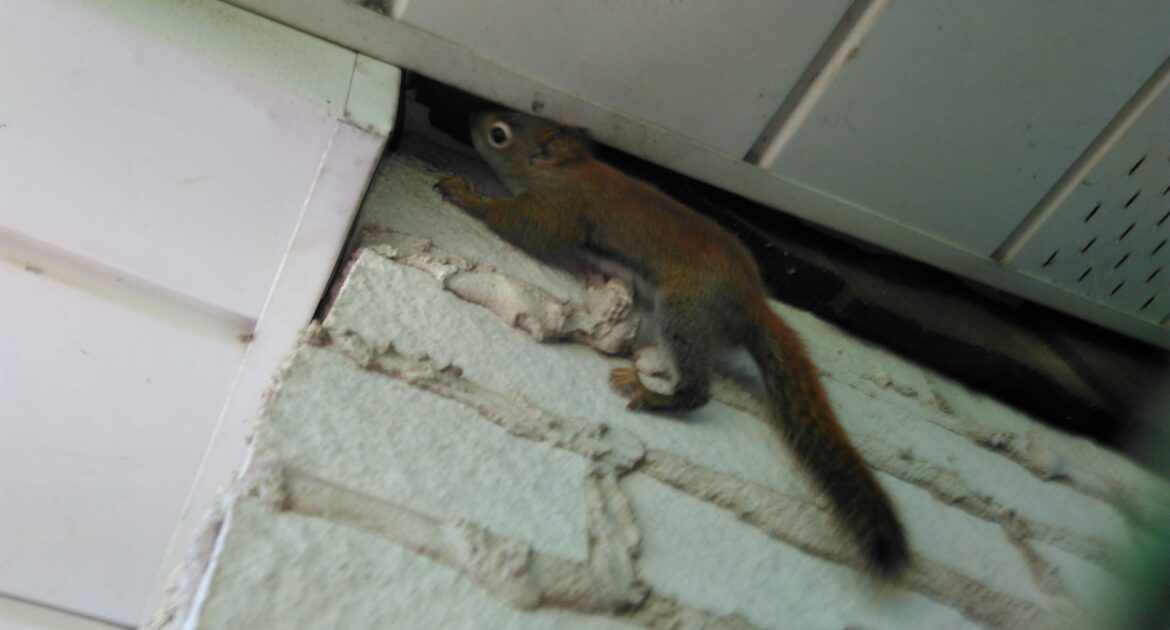While many people see squirrels as cute, playful, and funny animals, they can become destructive. Gnarled siding, chewed wires, and torn-out insulation are several signs of squirrels in the attic and other areas around the home. You can enjoy watching squirrels from a distance, but you should make an effort to protect your home against wildlife intrusions.
Squirrels don’t usually make a habit of damaging your home unless they find materials or siding that is already broken or torn up. They prefer it when homeowners aren’t keeping up with regular property maintenance. While squirrels can be very persistent, there are several things you can do to protect your home.
1. Cut Tree Limbs
Talking to wildlife control experts in Coquitlam, it becomes clear that tree squirrels will use branches to get close to your home to find shelter and nest. The best way to prevent easy access to the attic or roof of your home is by trimming the trees around your property.
You want to cut tree limbs back at least six to eight feet from your house. If you do not allow for adequate space between your home and a tree branch, a squirrel can jump from the limb to the roof. The animal can then chew through siding to make its way inside.
2. Use Hardwire Cloth
As you research how to keep squirrels away, you might also come across information describing alternative entry methods. Squirrels are intelligent animals and will often use the path of least resistance to enter a property, such as attic vents, chimneys, gaps around doors and windows, and any small holes.
A quick and easy solution to such entry points is to use a piece of 1/2 inch hardware cloth. While squirrels can chew through siding, the hardwire mesh is a challenge. When the animal comes upon hardware cloth, it will typically retreat after several failed attempts to get through.
However, before you use hardware cloth or seal holes around the property, ensure there are no squirrels currently living in your attic or walls. Sealing the entries without making sure the space is free of animals can trap them inside.
3. Use an Exclusion Process
Exclusion is the process of eliminating food and water sources and the process of sealing entries. A homeowner will take care to seal all pets and people’s food and store it in a place where animals have no access, such as a locked container. Additionally, you can use a one-way door to allow squirrels to exit your property with minimal human interference.
4. Contact a Humane Wildlife Control Service
While the exclusion process sounds straightforward, it is not DIY-friendly. The process will require an expert’s eye and knowledge for a specific animal.
The wildlife technician will need to determine how many squirrels live in your house, and they will need to find all the access points. Squirrels can fit through holes as small as a quarter, making it challenging for an inexperienced homeowner to spot, especially from the ground.
Do you believe you have squirrels in your attic or are there signs that animals have been chewing your siding? Contact Skedaddle Humane Wildlife Control to schedule a property assessment and to determine the extent of your problem. The wildlife technician can often provide a homeowner with a potential solution the same day, depending on the scope of the damage, and the number and presence of the animals. However, exclusion methods can take longer.




